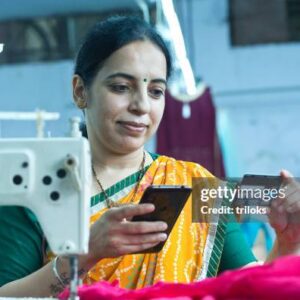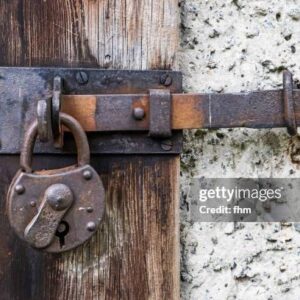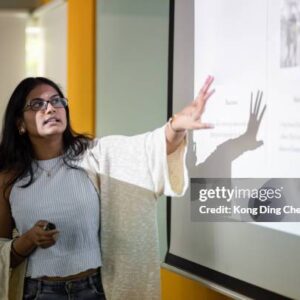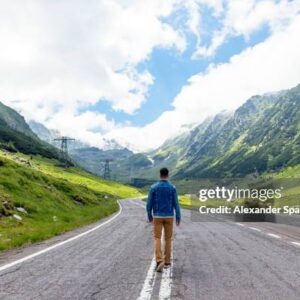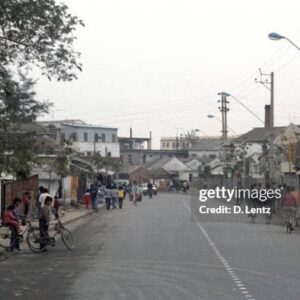( Note – In this series with sub-heading ” Sketch of,” each contribution of written contents with a separate main heading, is supposed to be complete in itself. Though, if read one after another or randomly, then it would give an impression of a long story strung into a thread. This effort is given to make reader enjoy every part by itself.)

Civilization banked on the river
Since the ancient time, in passing through the evolutionary process of mankind, often civilizations tended to populate near the banks of perennial rivers or in its vicinity. Water has been an essential commodity to flourish such habitation. For such habitation, if well nigh the presence of giant river was not possible, then the rivers of small size were preferred. The only condition needed was, the perennial availability of running water. No doubt, this current of water had always been subject to the ” weather cycle of the year.”
This persuaded man to construct small or bigger size of dams as per his capacity and utilize this source of water, for his diurnal needs. Since the day of commencement of mankind’s civilization, he has been inclined towards agronomy added with animal husbandry. And for all that, water was a great requirement and needed amply. In prospectus to our Indian culture, we always have been an agricultural based social system majorly. Not so long ago, our about 85% of population stayed in rural country side. Now this percentile been reduced to about 70%, all this as an outcome of rapid Urbanization. It’s like paying off price to development.
Glimpse of the village
In this segment, I am describing some glimpses of ” my village” of bygone era.That village, on this day has transformed into an urbanized locality. In fact it has obliterated on the ground. As a vestige of that era, merely some agricultural plots measuring of some acres are visible . Theses land plots too scattered hither and thither. Till the end of the last 20th Century, my village was akin to other traditional villages, propped on the agronomy and animal husbandry. Now, all that is part of the memory lane only.
I have been in myself, once a part and parcel of that system as a participant, in the capacity of denizen of the village community. I witnessed and enjoyed that pastoral life as a part player of the system. The truth is, when you have been destined to live a life from your birth and up to at least thirty years consecutively in a rural ambiance, you become an “inveterate rustic” in your matrix. Might be, the the future circumstances forced you to inhabit in the city and tagged you as an Urban man. Merely by obtaining modern education and afterwards opting for a white-collar job in city, and sharing a abode there, can’t make you a city man internally.
You can become an “Urban Man” apparently by looks, for you pose yourself in that way. No doubt, your offspring, born and brought up in city culture, is certainly to become Urbanized in real sense. The same phenomenon occurred with me, despite having lived for long in city, the “rustic man” of my inner self never faded away and will remain alive till I breath last. “No one forgets his birth place,” is a wise saying and this wise saying is based upon the harsh realities of life. Every one tends to run towards his roots. I too am running towards my roots.
Location of my village
My village of bygone era, had its location in a foot hill district of Himalaya. As usual an agronomy cum animal husbandry culture based life, it sustained. A permanent canal traversed across the mid village, fetching water and supplying the water facility to other villages halting in its route. The origin of main canal, of which it was a sub-canal, had its origin from a raw – dam. This dam was built upon a distant perennial river. The water supply was enough to quench the thirst of the agricultural land and its people.
Still, that canal exists but with some ironical alteration. It has been made to run underground to meet the challenges of increasing urbanize traffic load. Over the canal, new metallic roads been constructed. Long ago, the canal happened to run with it duct opened with its gurgling sound and produced a “white Noise.” The “white- noise” of the gurgling water, that once upon a time produced a soothing impression, no where is heard now. The ” divine pleasure of white- noise” experienced by my generation, our new generation is made deprived of. What a marvelous time that was!
Common liability
Although, at that old period of time, in the name of amenities, merely basic needs could be fulfilled, but an ambiance of cordiality persisted inside the community of the village. Every arrangement in some marriage function in the village was indigenous. In the name of decorating the house of marriage as a venue, preparation of feast, receiving of and serving to guests were taken as as a function in shape of collective liability of the village. The social ethics and norms of village community, in the moments of happiness and sorrow were forced upon the community and people too stood collectively to support the person in need.
Canal system
I am coming back to the canal management system. At that period of time, our canal on certain places was built of boulders with mortar in shape of supporting walls of canal where needed and on other places, it was roughly made, i. e. simply dug like a big open drain. The management, since the old British period was run by the government. After Britisher left the India, it shifted to local provincial government department. Every canal had an appointed “canal- clerk”, in vernacular canal Munshi. He was responsible to manage distribution of irrigation water as per scheduled of land holdings of farmers.
The canal of our village, in fact was a sub-canal, but it was enough to irrigate the area sumptuously, the thousands acres of land of many villages, it traversed through. The spot from where our sub-canal originated, from there an another sub-canal too was given to another cluster of villages. In vernacular, the spot called as “Do Nalee.” The meaning of this term is ” double barrel or bifurcation.” This another sub-canal after pacing some considerable distance, further too bifurcated into other sub-canals.
The main river’s dam provided the water sumptuously with the exception of hot summer season when water level in the river receded remarkably. But after that, coming monsoon season offered the water massively, even canals happened to overflow massively and the side roads of canals turns up into subsidiary canal. As on to day, the agriculture lands shrunk to nominal position, like wise the supply of water too been receded naturally. It seems, Mother Nature too aware of the fact that her assistance is not needed now. The natural raining cycle too been changed due to Global warming.
The story about the genesis of canal
A story floats about the construction of canal. It is said, it was dug up and helped to provide all facilities by a Britisher couple, in the year of 1901. It was offered as a charitable mission, meant all the expenditure in construction of this facility was bore by the couple privately. They did all this to commemorate the untimely demise of their only infant daughter child. In that told time, canal water was used mainly for irrigation purpose. Farmers were bound to pay the nominal water tax, in vernacular called as “Aaab pasi.” The canal-clerk was endowed with power to collect the tax as a ” tax collector” of all villages under his supervision.
Some other benefits to Canal clerk
Though, he was a government employee and earned a proper salary, but an old time tradition too prevailed to help him. Every land- holder, as per the measurement of his holding was bound to pay some quantity of his harvest to him, on major half-yearly harvesting. It were wheat grains in summer and paddy grains in winter season. Apart from this, if canal-clerk happened to tame some milking domestic cattle at his residence, he was at liberty to collect required fodder from the field of any “land holder.” After all, he was an influencive man, who happened to provide the irrigation facility literally to all kind of agriculture produce. For him. “all fodder was a legacy of his father” as well. Penned by — Vinay Pharasi …..
